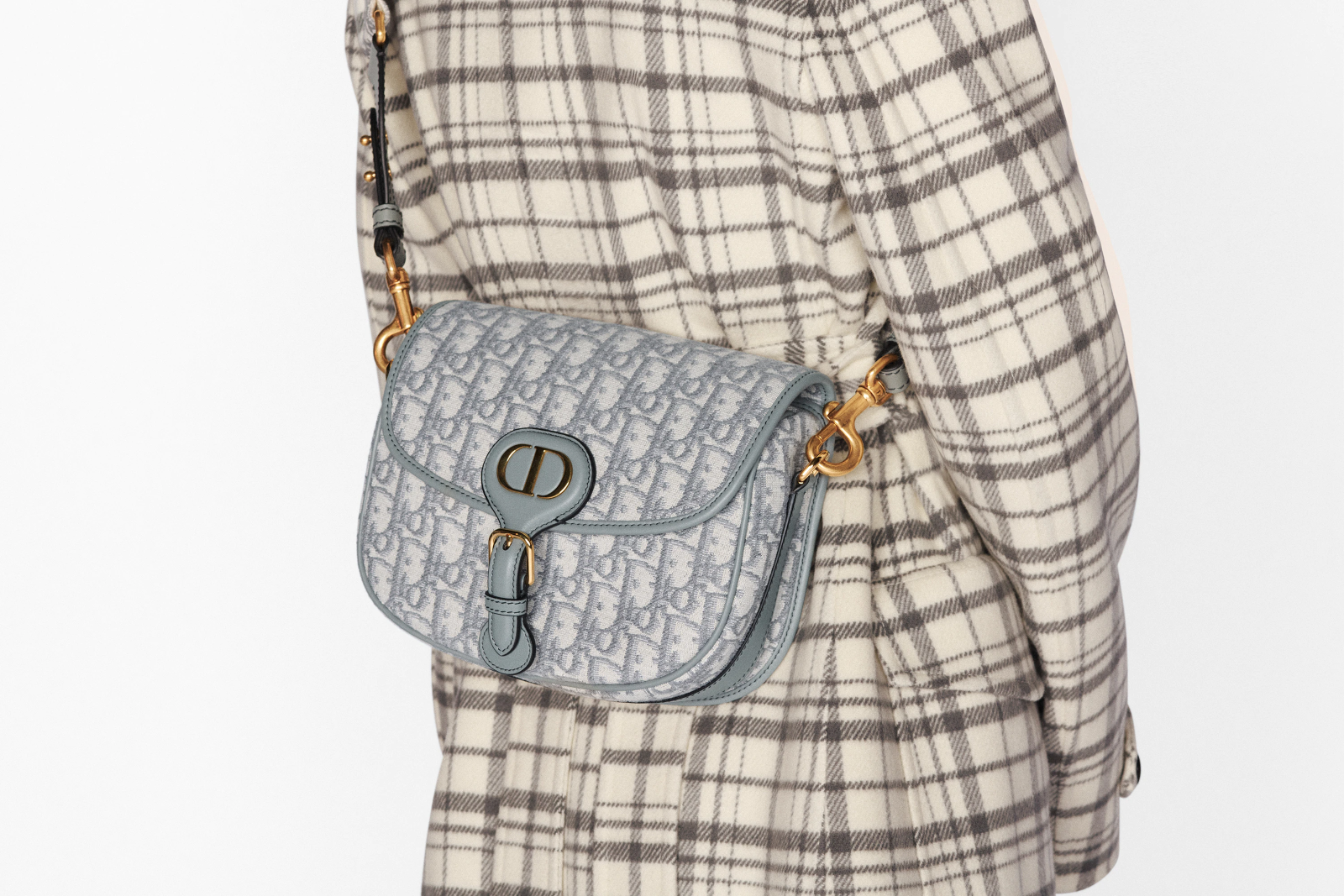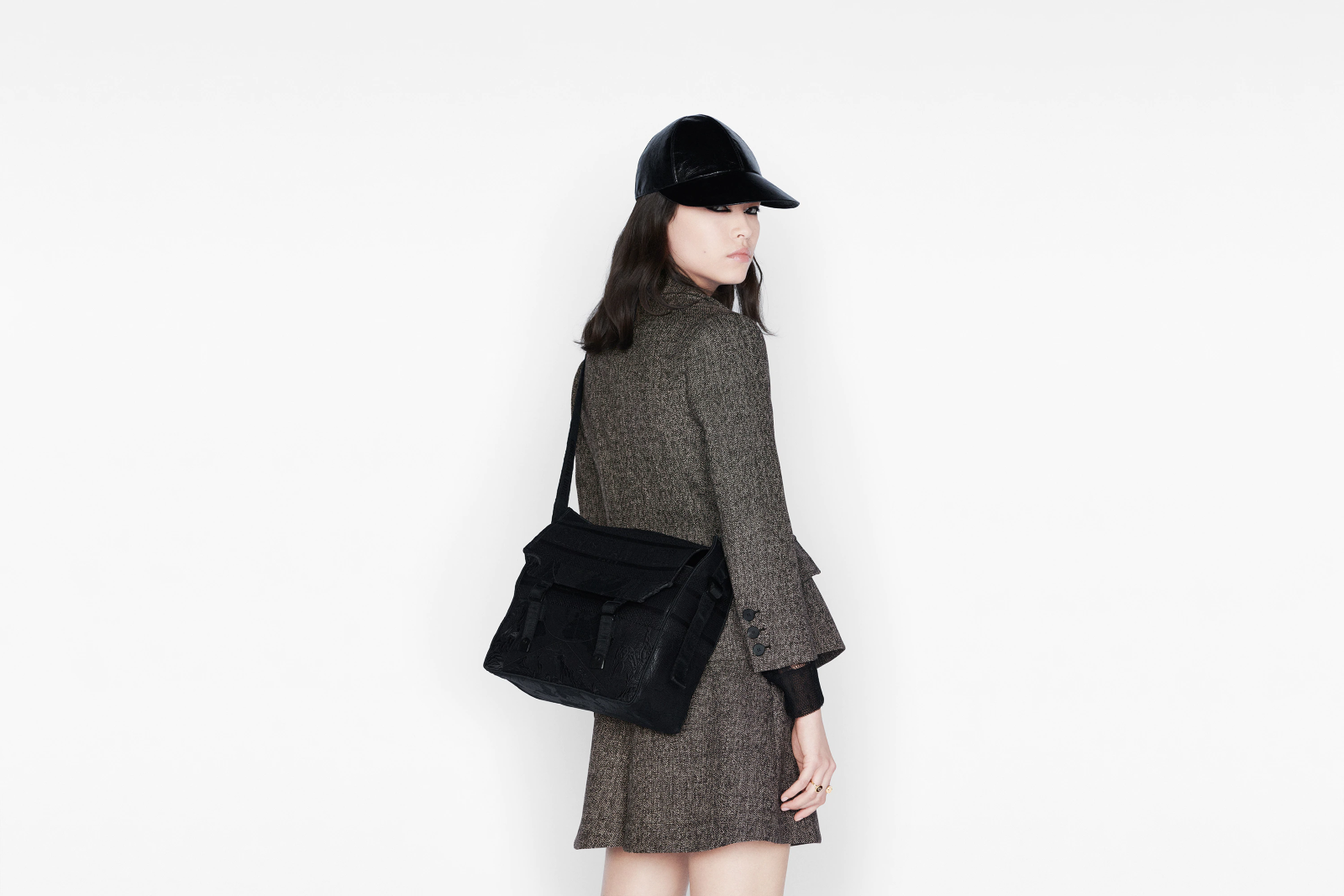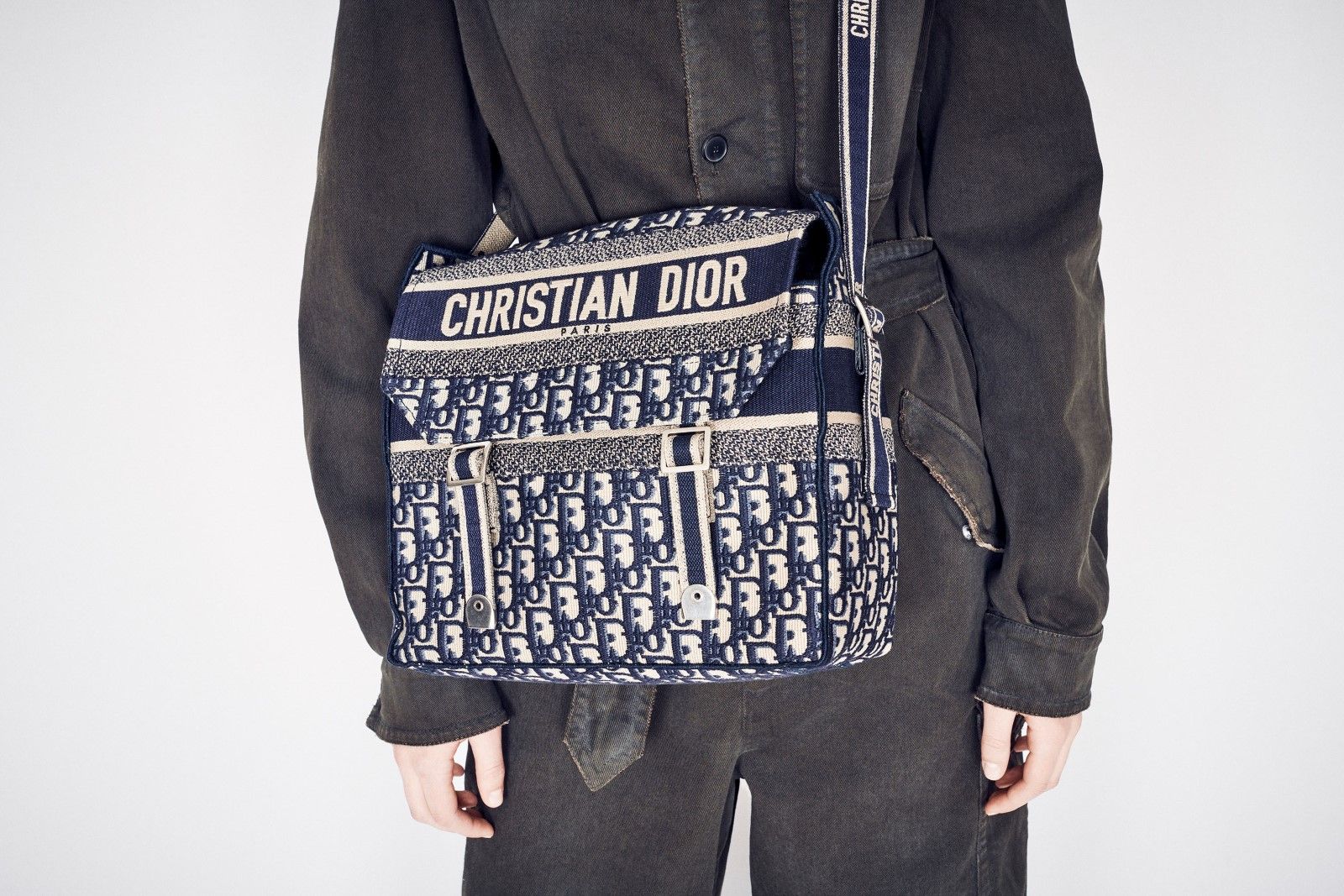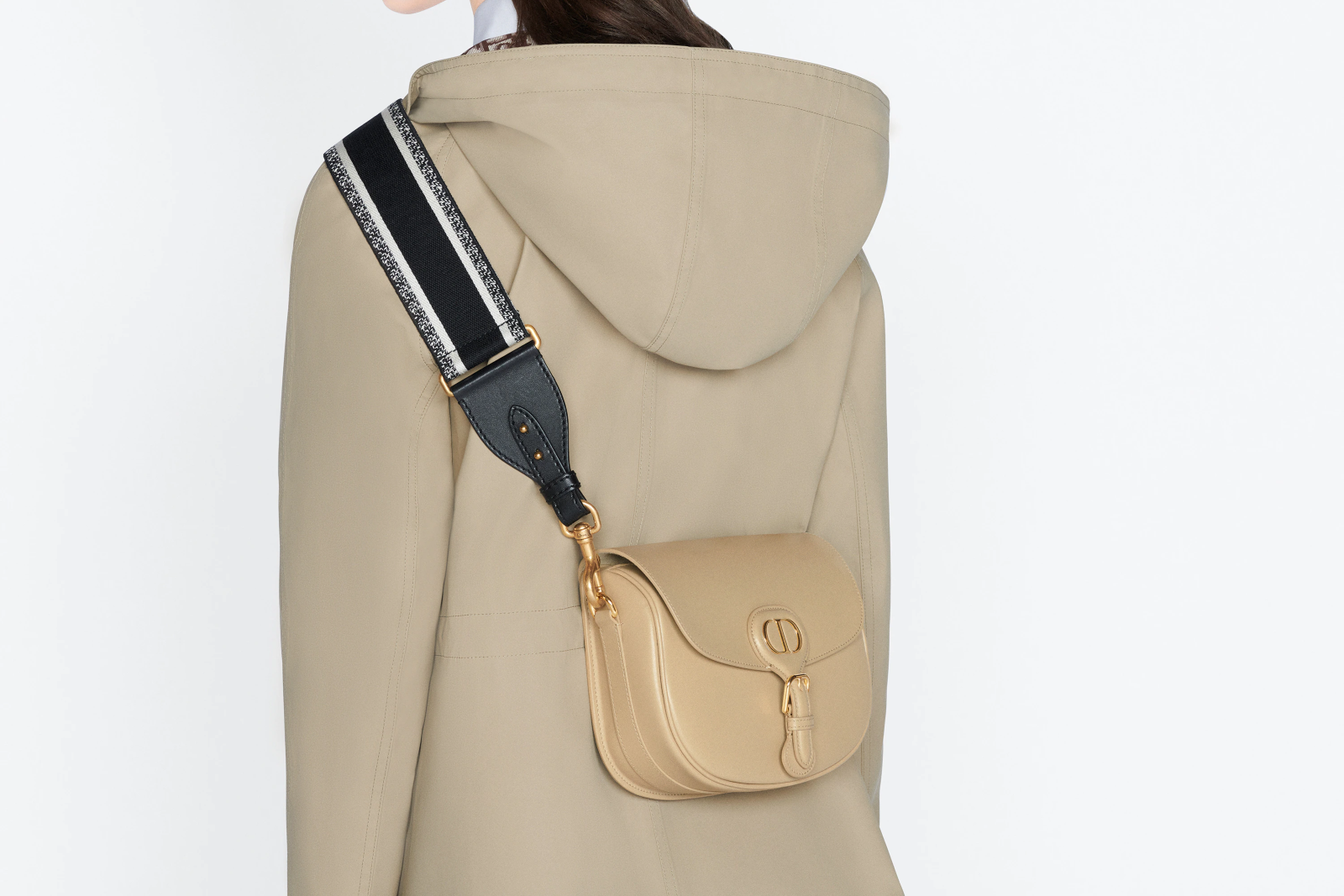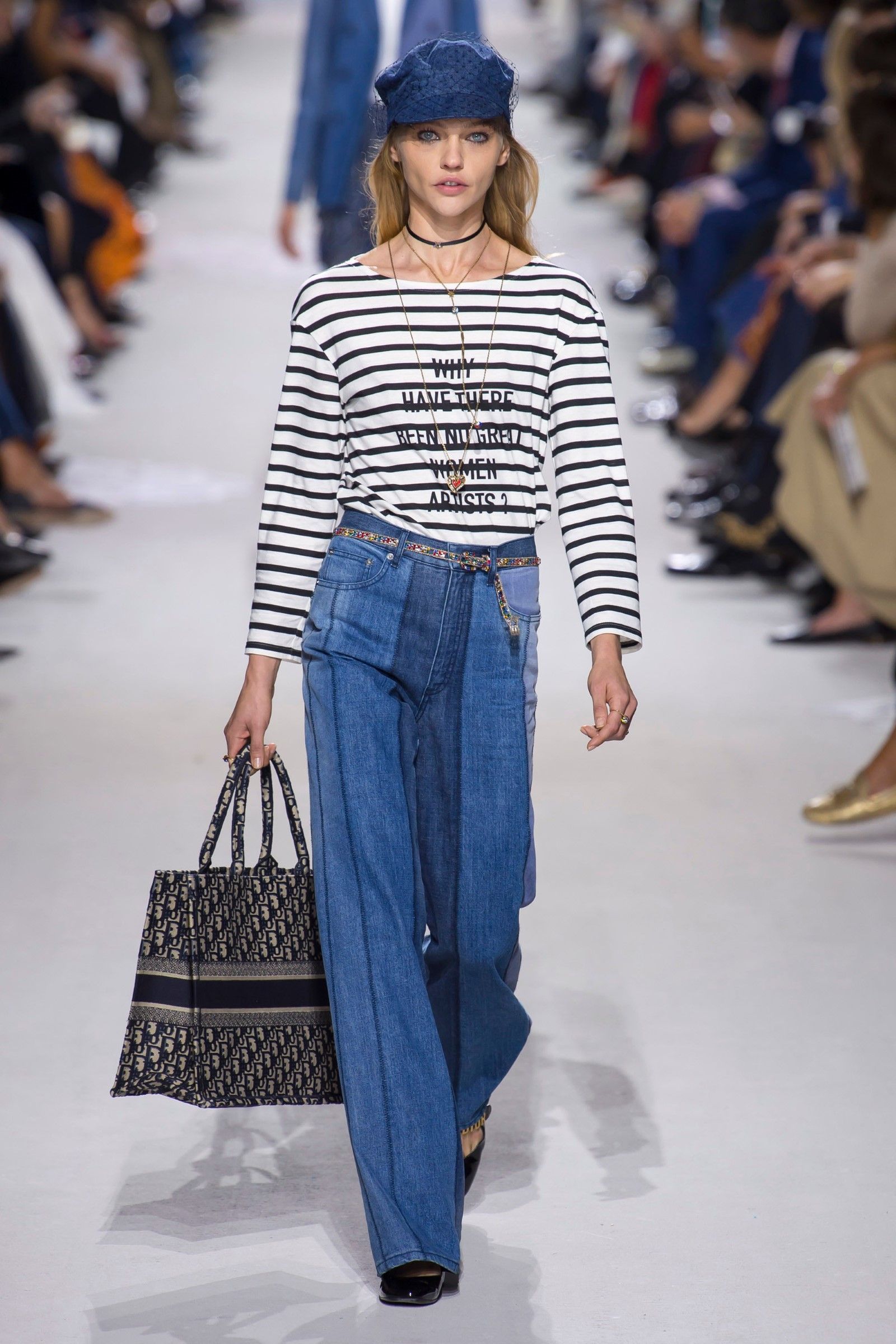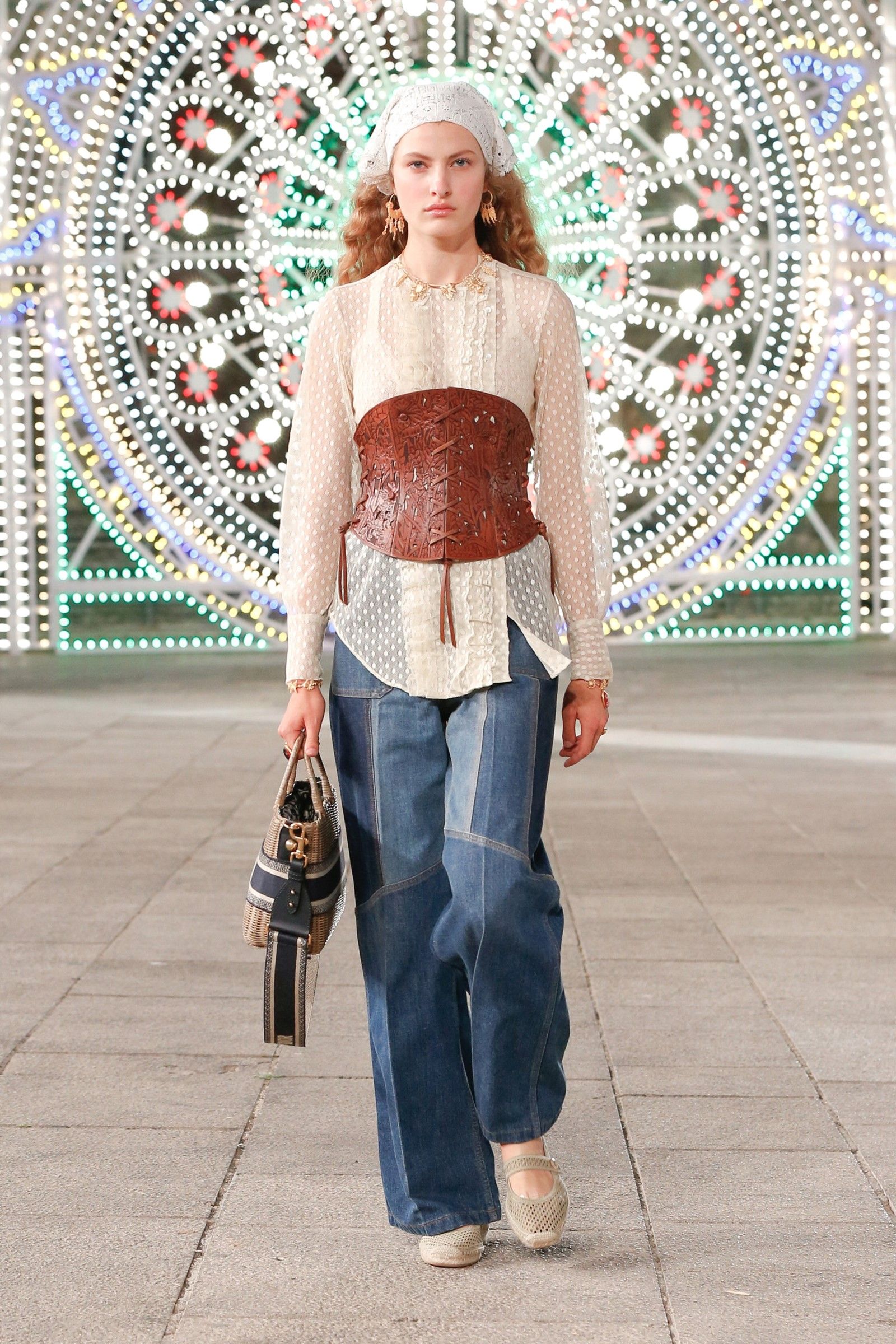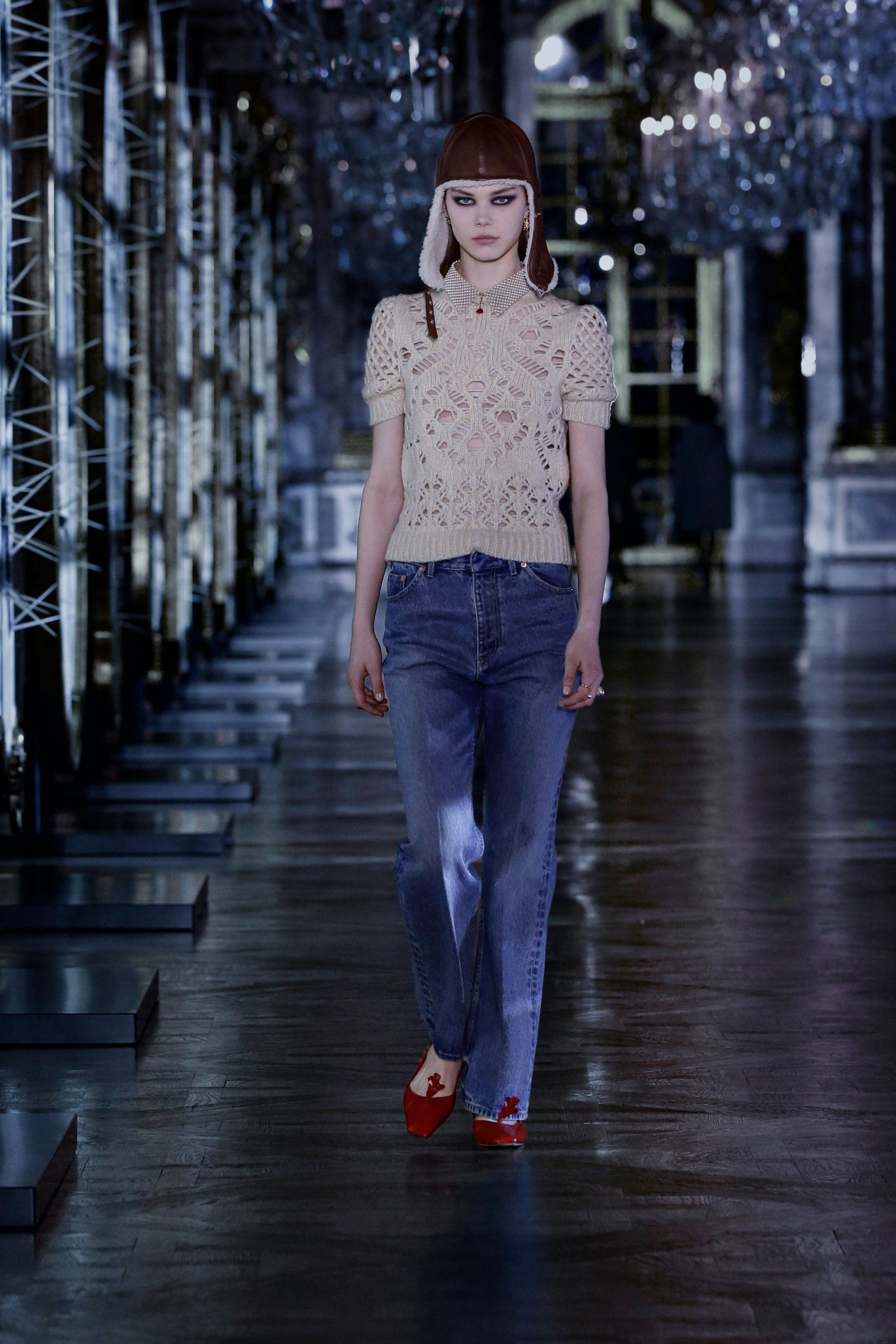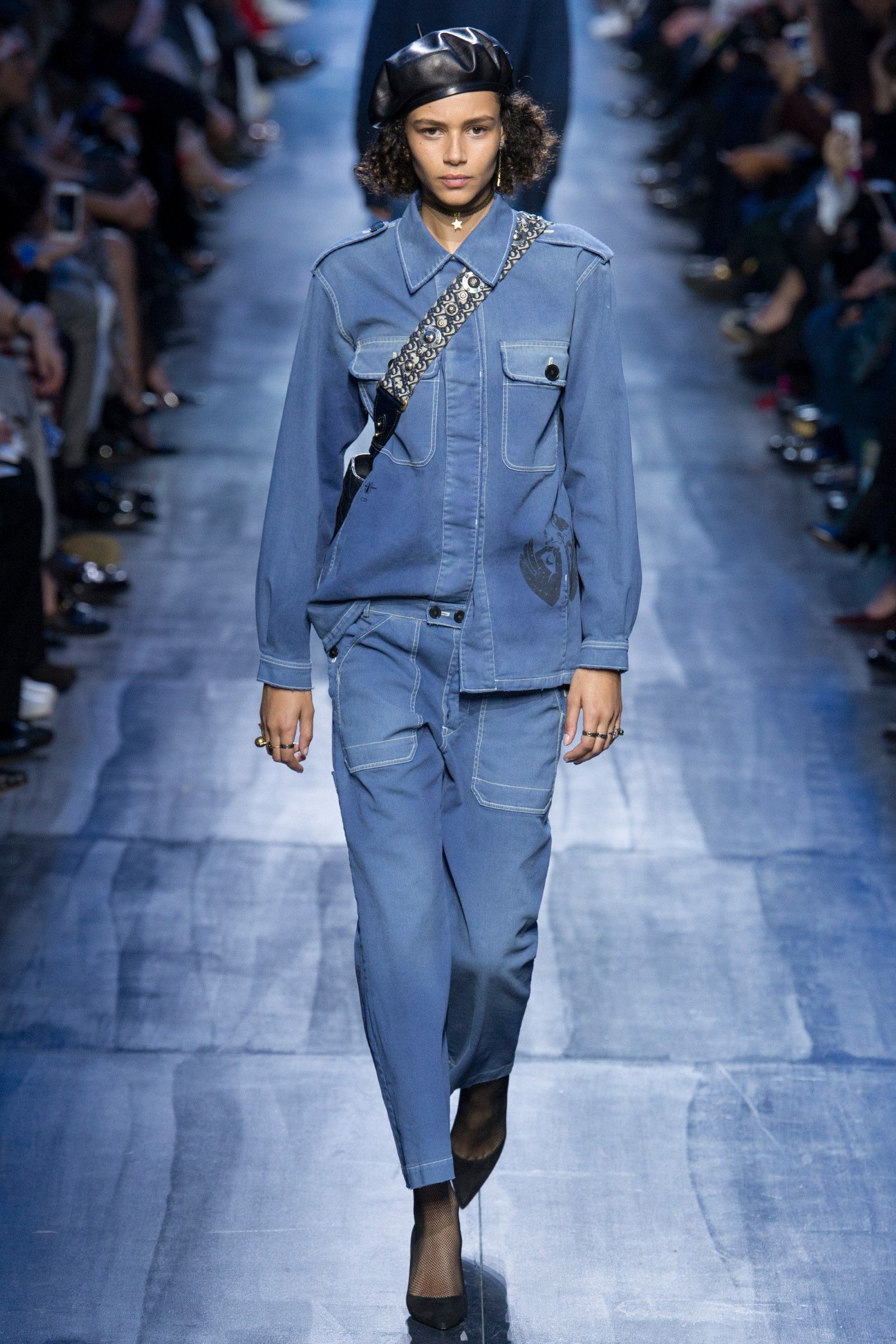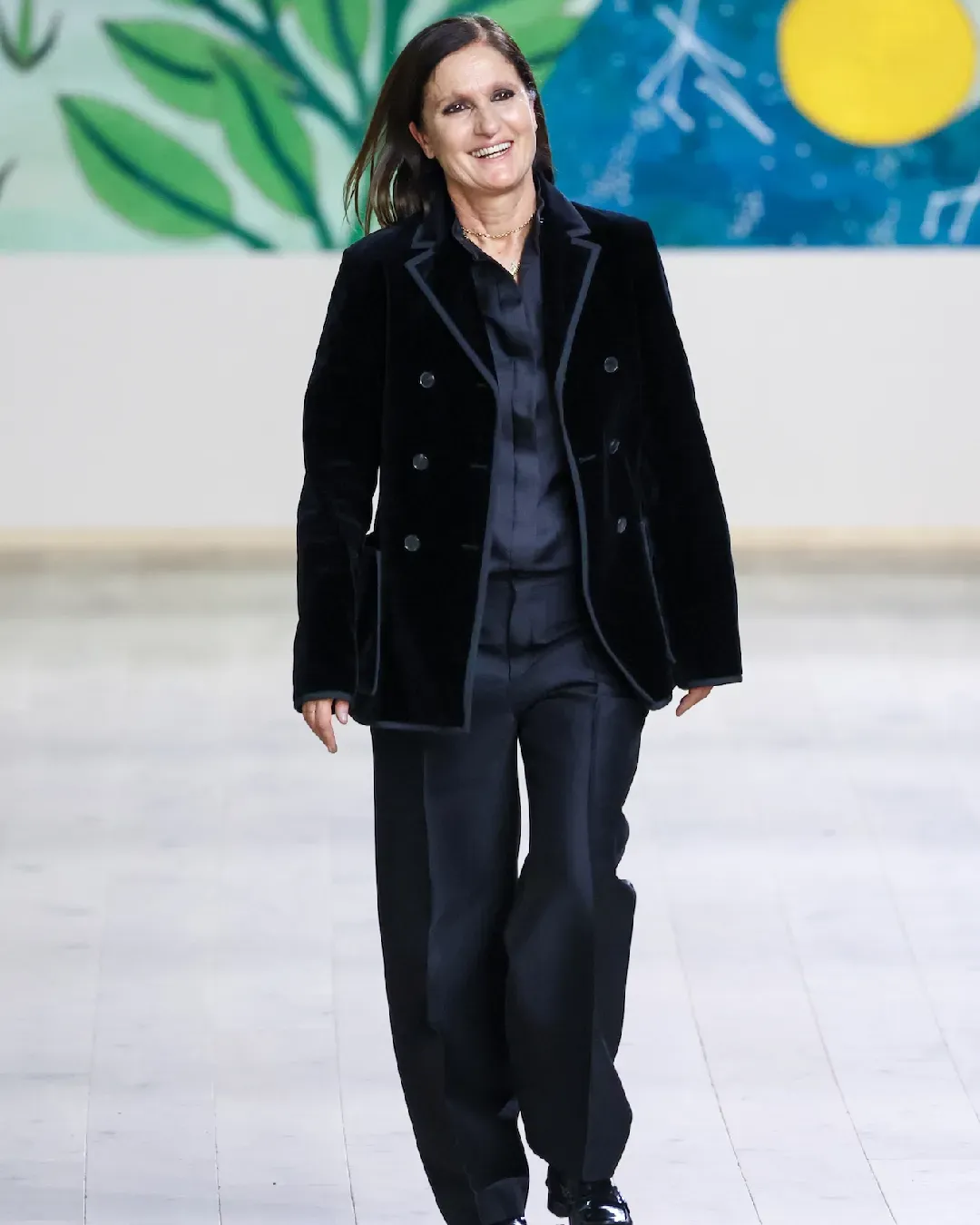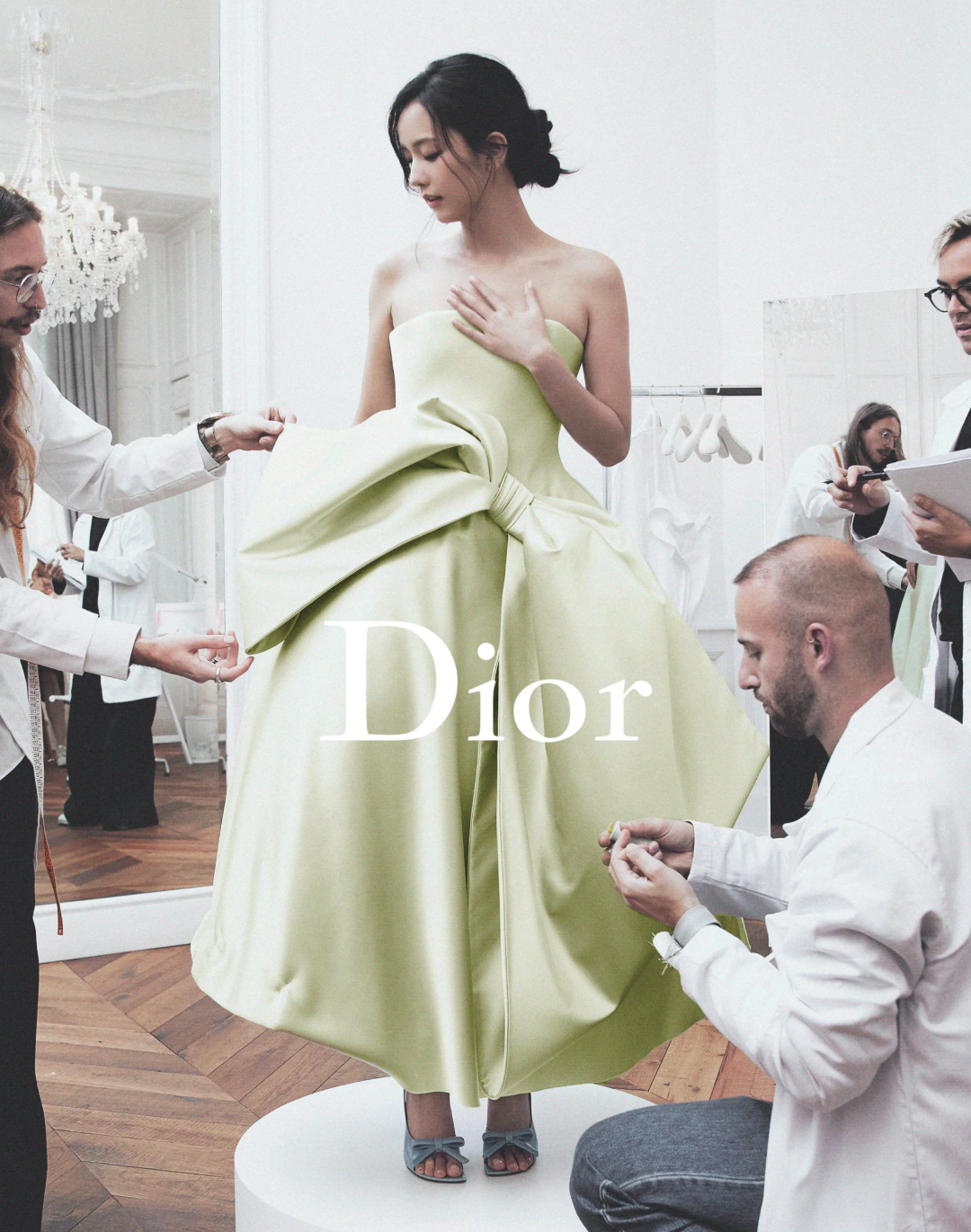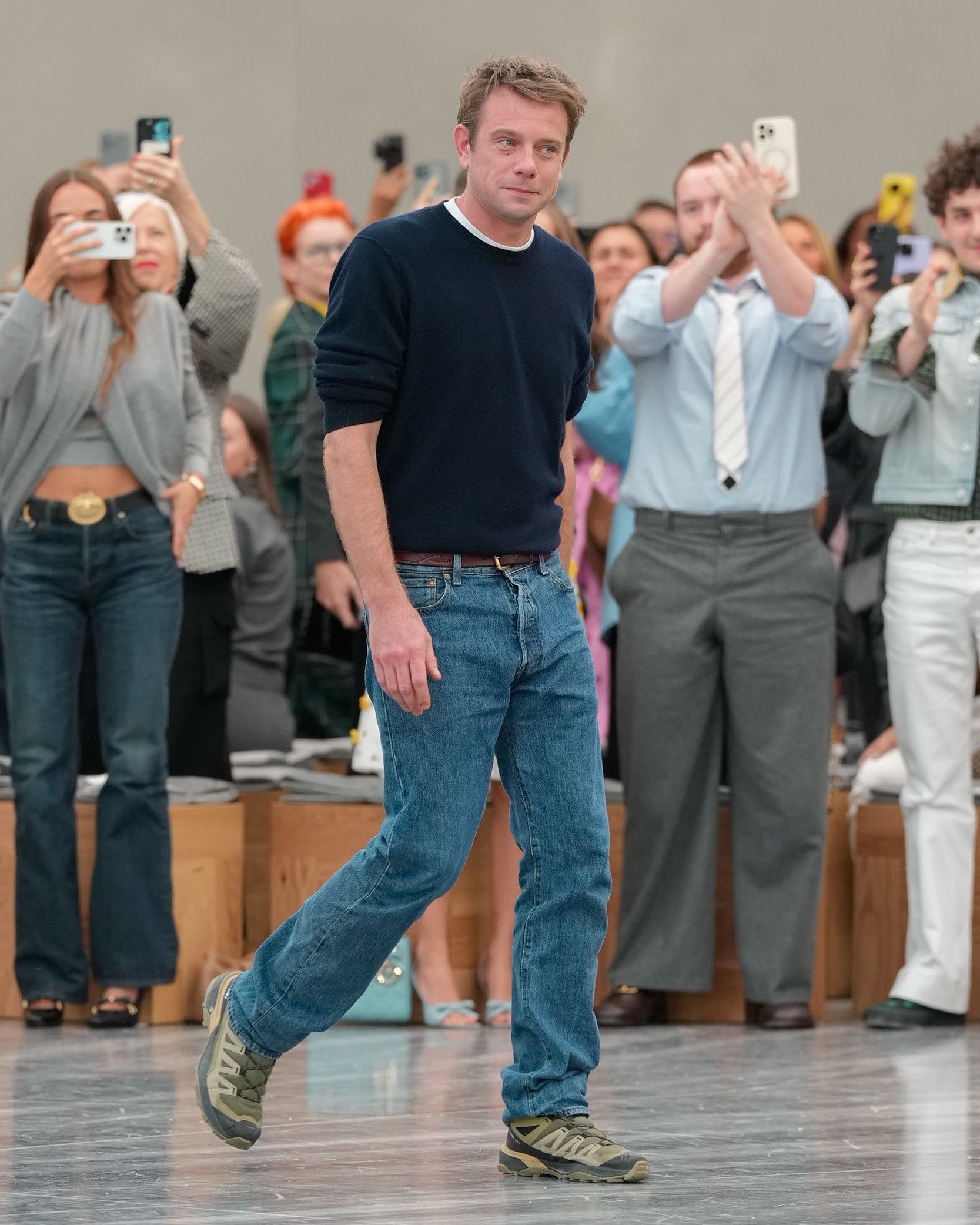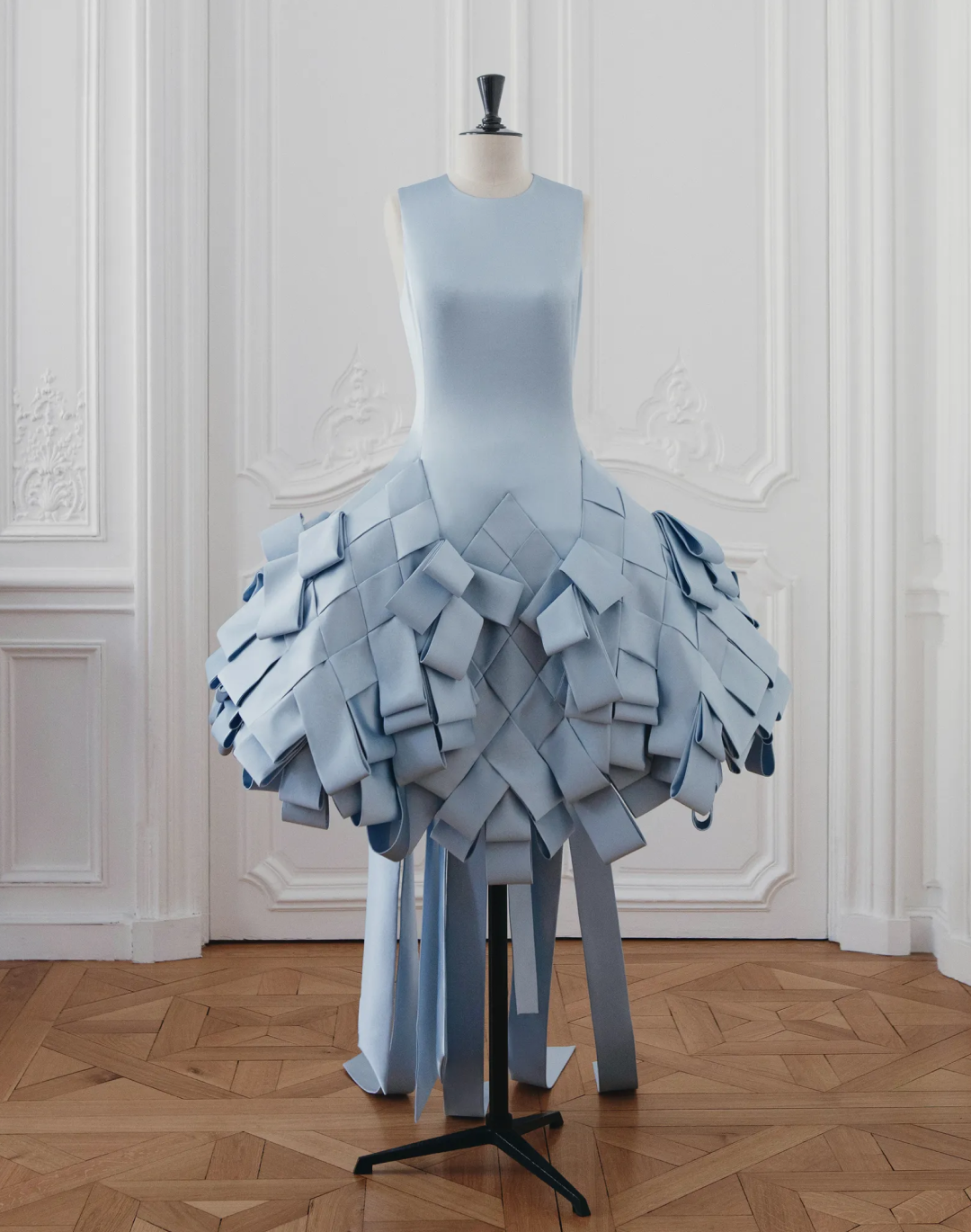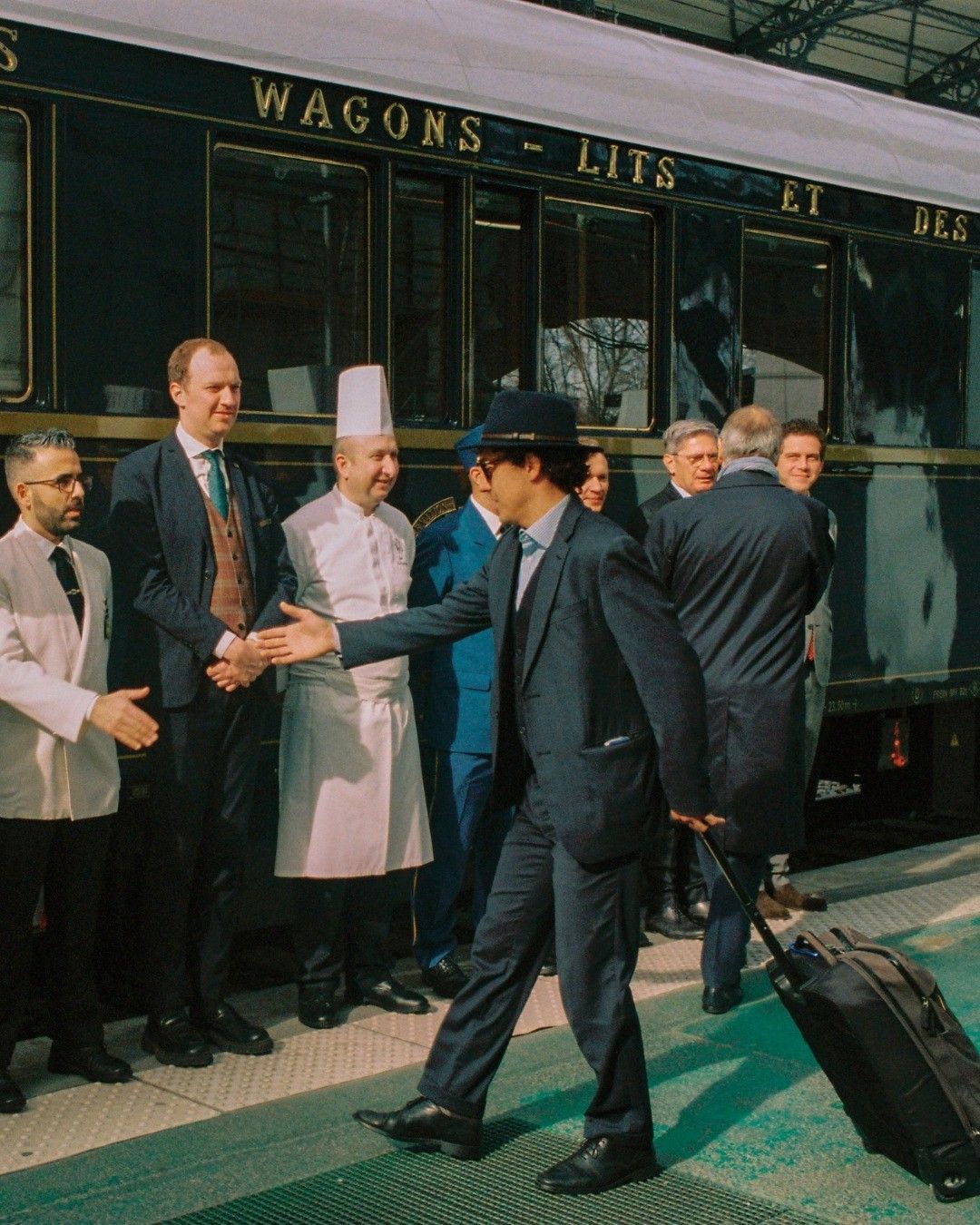
When Maria Grazia Chiuri used to buy vintage jeans in Via Sannio The creative director of Dior talked about it in the latest episode of Fedez's podcast
The guest of the last episode of Muschio Selvaggio, released yesterday, was Maria Grazia Chiuri, creative director of Dior and first woman at the helm of the historic atelier French. During the episode, which lasted an hour and a quarter, many themes were touched on, including her career, feminism, the values of Made in Italy. But one of the most interesting details that emerged during the episode concerned the designer's adolescence and her early years discovering her passion for fashion. Maria Grazia Chiuri, like so many other young fashion enthusiasts, also loved thrift shops – and the story she told in yesterday's podcast brought out some of her main inspirations.
First of all, the designer, speaking about her childhood in Rome, explained her love for jeans and military apparel – two recurring elements in her collections, especially in Dior's FW17, entirely focused on the color blue and military surplus aesthetics; but also in the SS18 and the more recent FW21:
«I had a mother who always dressed me in my cousin's clothes. The circular economy was quite literal in my family [laughs]. There was no stuff of mine that wasn't circular. It is obvious that that kind of generation, which is mine, had an approach, a desire to identify with clothes that were their own – because we were always wearing other people's clothes. They didn't belong to you, they weren't your choice. I used to go to Via Sannio to look for a pair of jeans ... Jeans for me represent freedom. The military jackets used... Then I would put on the homemade embroidery, because my mother had a tailor's shop».
Chiuri then went on telling of her first homemade bags, with bamboo circles and fabric but, as she herself says: «My dream was to re-do the military bag» abut also «the tolfa, the first leather bag with a flap, that was so aspirational». The tolfa, a bag that takes its name from the eponymous village near Rome where it was born as a saddlebag for farmers – an aesthetic suggestion that later merged into the Bobby Bag by Dior, but also in the Diorcamp line that recalls the aesthetics of military saddlebags.
The story told by Chiuri can easily fit in and explain the recent trend of vintage redescovery: both from the point of view of brands, which use vintage and the archive as a reference and identity for their designs, and for that of second-hand luxury, which looks to the past and the circular economy, democratizing fashion for the new generations.










































